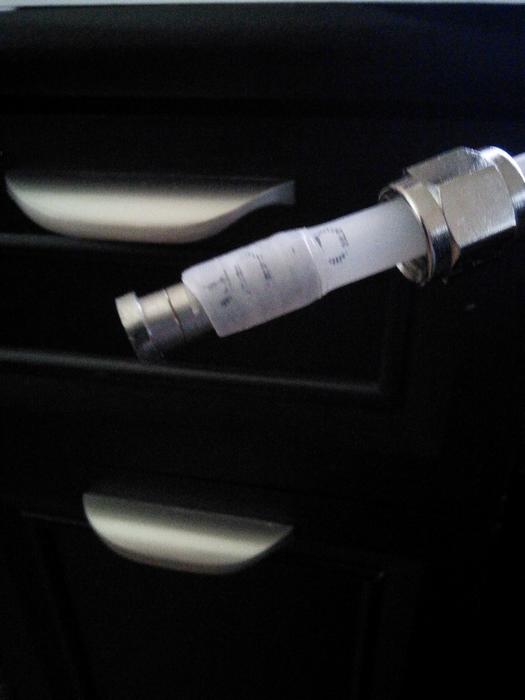So I installed 12 of these on the weekend (or 24 if you count both ends). Piece of cake! Thanks to however posted the swagging tool method. I heated the tool with the heat gun, then pushed the tubing in there, heated both of them for like 1-2 seconds and pushed down some more to make the opening bigger, immediately took it out of the tool and into the barb and pushed, it goes all the way in perfectly.
Now, here's some things I found.
1)If you put in the swagging tool, take it out, and heat it while it's outside, the opening will collapse again. Don't do that.
2) If you put it in the barb and it doesn't go all the way in and you heat it for more than a second at a time so it goes down, it will overheat and it will kink and you'll need to do it all over again. So the best thing to so is to make it as big as you can on the swagging tool so once its in the barb you heat it a little bit and when it cools down it contracts and seals.
The seal is so good I didn't even need my clamps. My shanks have a barb on them and I think that added 3 psi of resistance. I used 10 ft at 10 psi at 36f, perfect pours!











































![Craft A Brew - Safale BE-256 Yeast - Fermentis - Belgian Ale Dry Yeast - For Belgian & Strong Ales - Ingredients for Home Brewing - Beer Making Supplies - [3 Pack]](https://m.media-amazon.com/images/I/51bcKEwQmWL._SL500_.jpg)

















